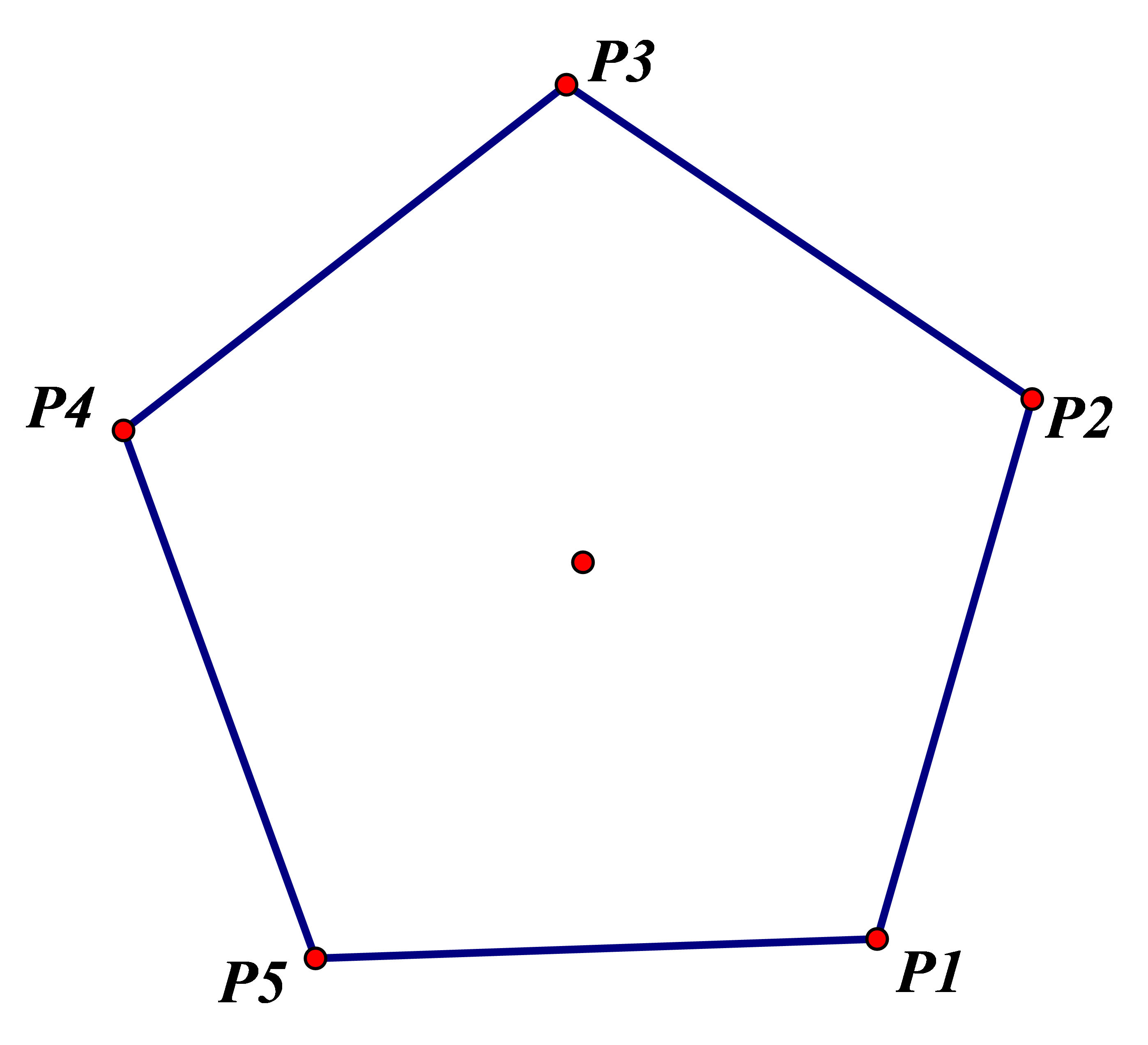Pentagon
- What is a Pentagon?
- What does a Pentagon look like?
- Parts of a Pentagon Shape
- Types of Pentagon
- Practice Problems
- Frequently Asked Questions
Introduction to Pentagon:
A pentagon is a polygon with five sides and five angles. It is derived from the Greek words "pente," meaning five, and "gonia," meaning angle. In geometry, the study of shapes and their properties, the pentagon holds a prominent position and has various types. In this article, we will explore the definition, types, examples, facts, practice problems, and frequently asked questions related to pentagons.
What is a Pentagon?
A pentagon is a two-dimensional figure with five sides and five angles. It is a closed shape that forms a polygon, which is a flat shape with straight sides. The sides of a pentagon are line segments, and the angles are formed where two sides meet. The sum of the interior angles in a pentagon is always equal to 540 degrees.

What does a Pentagon look like?
A pentagon typically has five straight sides and five interior angles. The sides can be of different lengths or equal lengths, depending on the type of pentagon. The angles between the sides can also vary. The pentagon can be regular or irregular, with a regular pentagon having equal side lengths and equal angles.
Parts of a Pentagon Shape:
To understand pentagons better, let's explore the different parts that make up this polygon:
Sides: A pentagon has five sides, which are line segments connecting the vertices (corners) of the polygon. Each side connects to the adjacent sides, forming the shape.
Vertices: Vertices are the points where two sides of a pentagon meet. A pentagon has five vertices, and each vertex forms an angle.
Angles: A pentagon has five interior angles, which are formed by the sides intersecting at the vertices. The sum of the interior angles of a pentagon is always equal to 540 degrees.
Types of Pentagon:
Pentagons can be classified into different types based on their properties and characteristics. Here are some common types of pentagons:
Regular Pentagon: A regular pentagon is a type of pentagon where all sides are equal in length, and all angles are equal. Each internal angle in a regular pentagon measures 108 degrees. It possesses rotational symmetry and can be inscribed in a circle.
Irregular Pentagon: An irregular pentagon is a pentagon that does not have equal side lengths or equal angles. Its sides and angles can vary, making it a more general type of pentagon.
Convex Pentagon: A convex pentagon is a pentagon in which each interior angle is less than 180 degrees. It does not have any angles that point inward.
Concave Pentagon: A concave pentagon is a pentagon that has at least one interior angle greater than 180 degrees. This causes the shape to have one or more "dips" or indentations in its outline.
Practice Problems:
Let's solve some practice problems to deepen our understanding of pentagons.
Problem 1: Find the sum of the interior angles in a pentagon.
Solution: The sum of the interior angles in any polygon, including a pentagon, can be calculated using the formula: (n - 2) * 180 degrees, where n represents the number of sides of the polygon.
For a pentagon, n = 5. Sum of interior angles = (5 - 2) * 180 degrees = 3 * 180 degrees = 540 degrees
Therefore, the sum of the interior angles in a pentagon is 540 degrees.
Problem 2: Determine the type of pentagon with side lengths of 6 cm, 6 cm, 8 cm, 8 cm, and 10 cm.
Solution: To determine the type of pentagon, we need to examine the lengths of the sides.
In this case, the sides have lengths of 6 cm, 6 cm, 8 cm, 8 cm, and 10 cm.
Since all sides are not equal, this is an irregular pentagon. It is not a regular pentagon because the side lengths are not all equal.
Frequently Asked Questions:
1. How many diagonals does a pentagon have?
A pentagon has five diagonals. A diagonal is a line segment connecting two non-adjacent vertices of a polygon.
2. Can a pentagon have equal angles but different side lengths?
No, in a pentagon, if all the interior angles are equal, then all the sides must also be equal in length. This would make it a regular pentagon.
3. Can a pentagon have more than one concave angle?
No, a pentagon can have at most one concave angle. If it has more than one concave angle, it would be classified as a self-intersecting or complex pentagon.
4. What are some real-life examples of pentagons?
Some examples of pentagons in real life include home plate in baseball, road signs with a pentagonal shape, and the floor plan of the Pentagon building in Washington D.C.
Conclusion:
Pentagons, with their five sides and five angles, are fascinating geometric shapes. They can be regular or irregular, convex or concave, and have various properties and characteristics. Understanding the parts of a pentagon, the types it can possess, and its internal angle relationships enables us to explore the world of geometry and apply this knowledge to real-world scenarios. By solving practice problems and exploring frequently asked questions, we can further solidify our understanding of pentagons and their significance in the study of shapes and patterns.